If you want to taste Iwagaki oysters and raw oysters, Mie Prefecture in Japan is the best place to be!
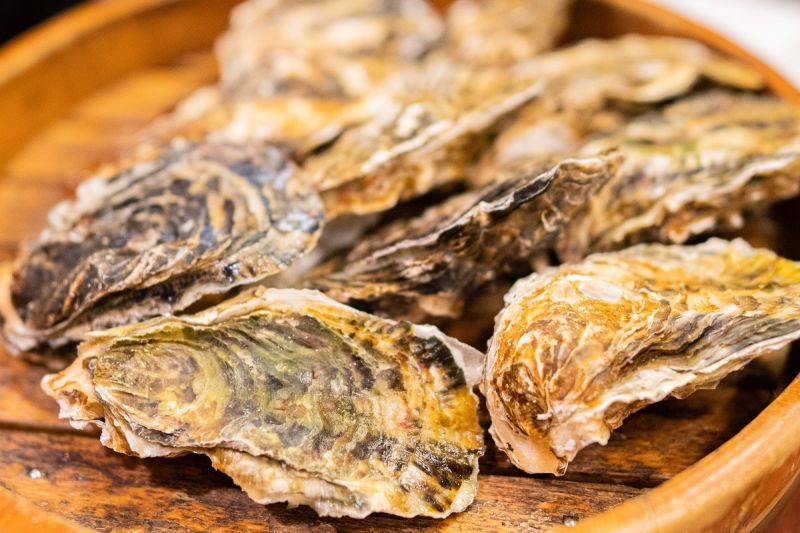
Since Japan is surrounded by the sea on all sides, oysters can be found all over the country, and locally grown oysters can be eaten. Let me explain to you the characteristics of Japanese oysters and the oysters of Mie Prefecture, one of the most famous oyster producing areas, which ranks as number 1 in the country.
What are Japanese oysters?
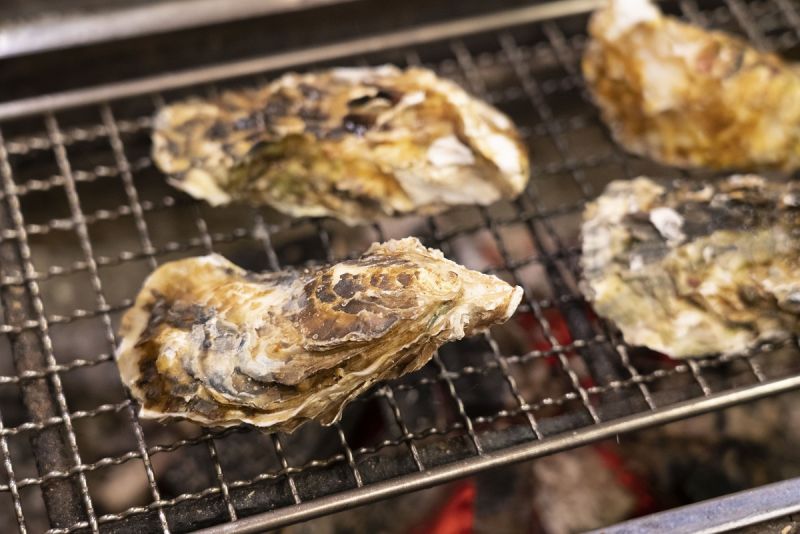
Oyster Dishes in Japan
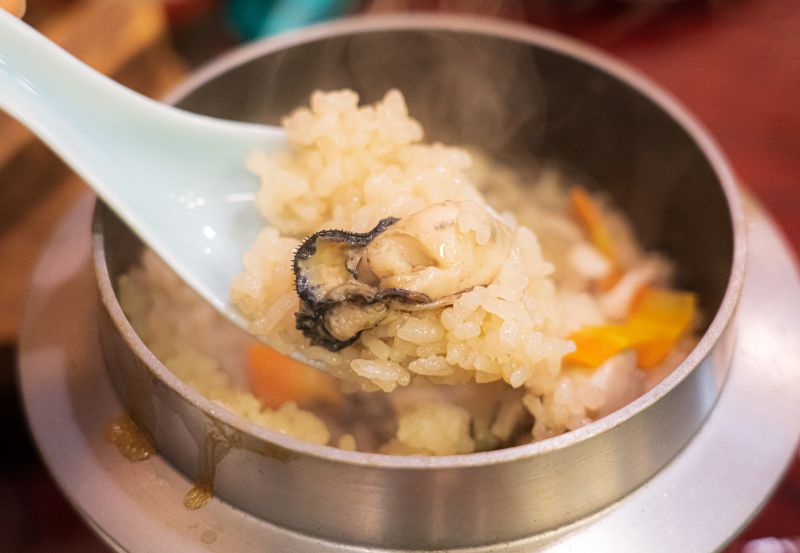
Where can I eat oysters in Japan?
Hiroshima Oysters
Miyagi Oysters
Hokkaido Oysters
Mie Oysters
Matoya Oyster
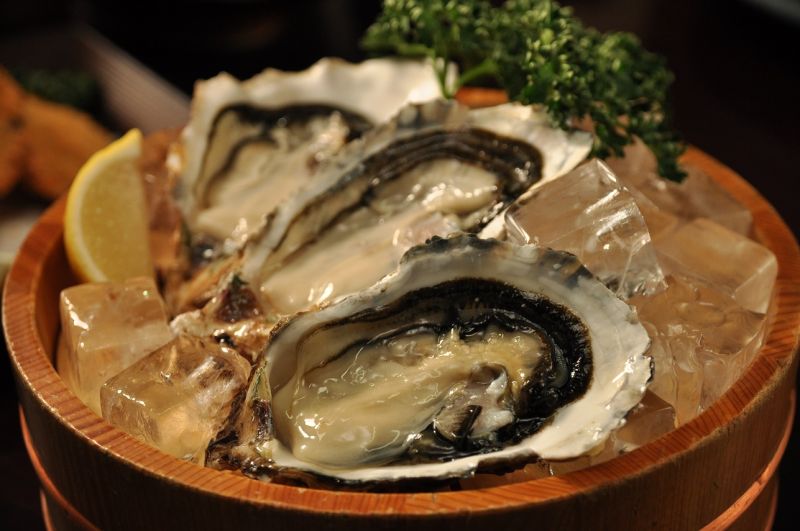
Sato Farm has patented a method of oyster purification using purple rays, which makes the oysters suitable for raw consumption.
In March 2002, it was recognized as a Mie Brand along with Matsusaka beef. Oysters are mainly shipped directly to restaurants in Tokyo and Osaka, but you can also taste freshly harvested oysters at Matoya Oyster Terrace, which is run by Sato Farm.
Oysters of Uramura

Iwagaki oysters of Adako
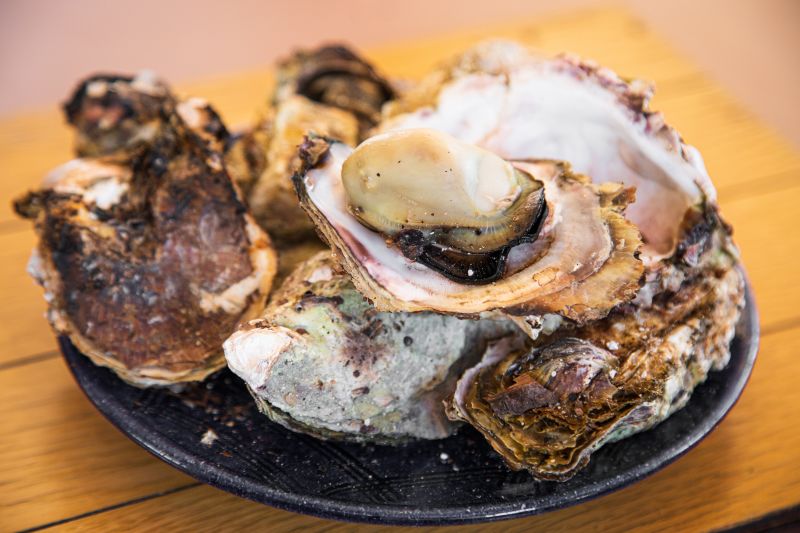
The oysters are naturally collected in a high-quality environment and grown under near-natural conditions. The quality is the same as that of natural oysters and the meat is also fat and consistent.
It has been certified as a Mie brand. They are also engaged in "composite cultivation with seaweed" to protect the marine environment.
Watari Oyster from Shiraishi Lake
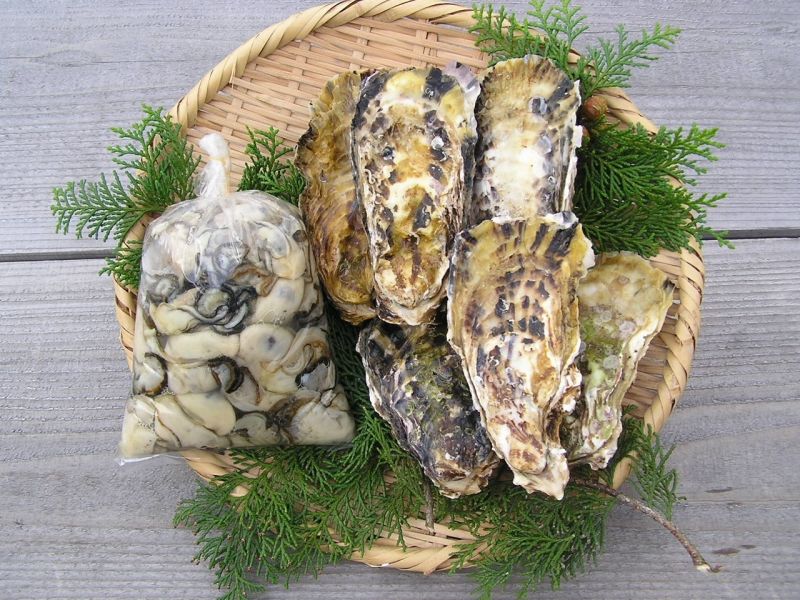
When it rains heavily, the lake receives a large amount of rainwater from the river. In order to survive in this harsh environment, where the water is fresh to a depth of 4 to 5 meters, Watari oysters have the ability to store glycogen and flavor components.
As they ripen, they turn yellowish in color.
Because these Watari oysters grown in brackish water, do not have the peculiar taste of oysters, so even children and those who do not like oysters can eat them.
Conclusion
Hiroshima and Miyagi are the two major oyster producing areas, but there are many delicious and distinctive oysters in Mie, including the Matoya oyster, which is famous for its raw taste. They are also highly rated among the Japanese people. If you come to Japan, you must try oysters in Mie!
Photo by Photo Gallery of Mie
○Oyster Road of Toba - Uramura https://www.kankomie.or.jp/en/spot/detail_23413.html
○If you want to eat all-you-want oysters, then you must visit Uramura in Toba City! Let's go to enjoy the winter delicacy "Oyster" with your stomach full !